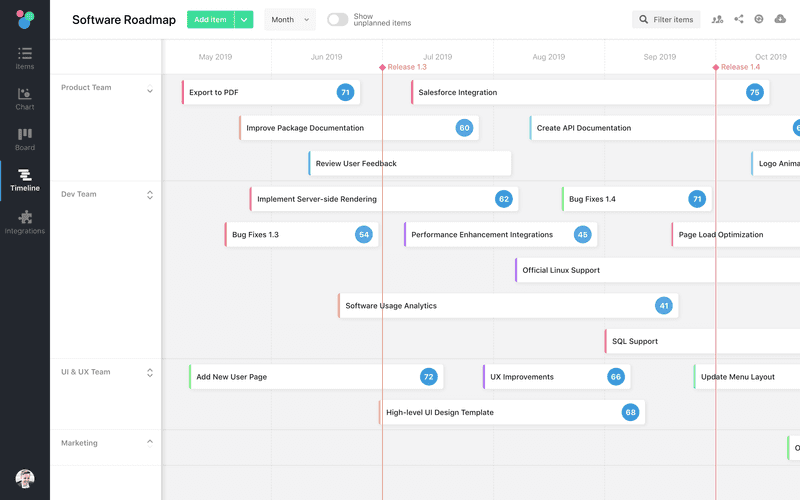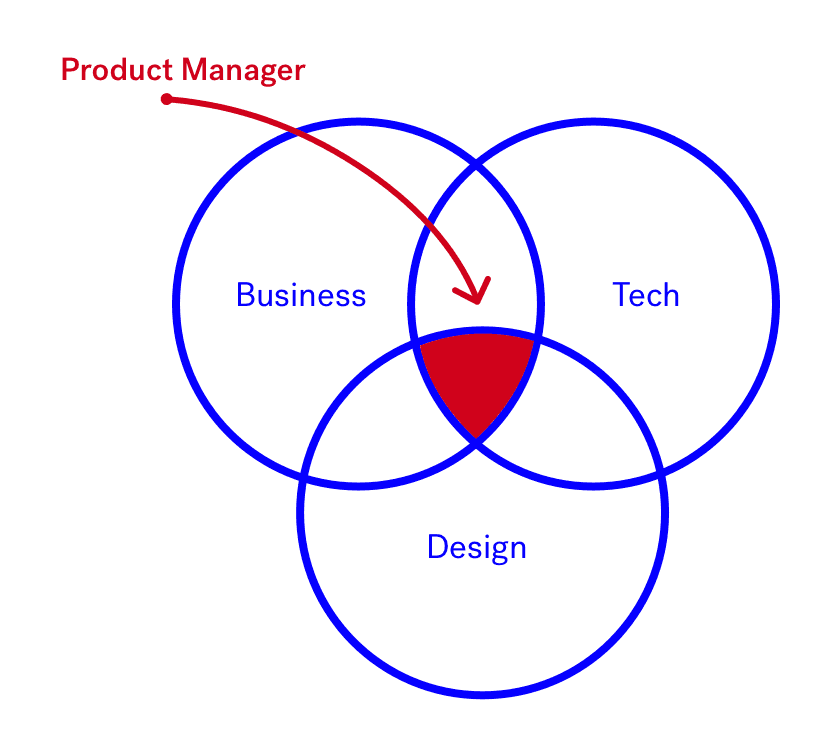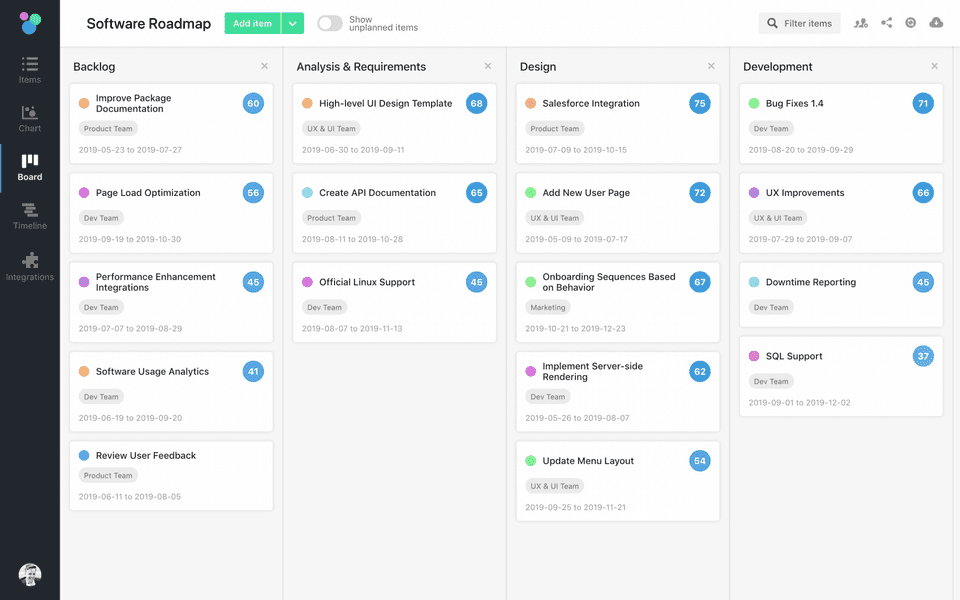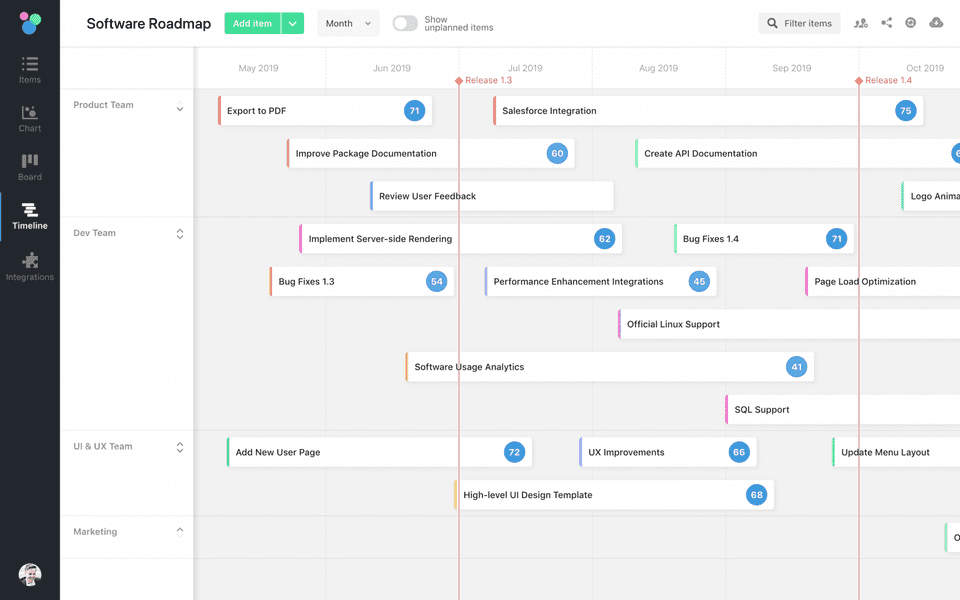What is a Product Manager and why are they important?

Ewan Collinge
Jul 22, 2019

Let’s start with a definition. Marty Cagan, founder of the Silicon Valley Product group, says the role of the product manager is “to discover a product that is valuable, usable and feasible”.
I like this definition because it touches on the breadth of skills required from the product manager. To know if a product is valuable you need an appreciation of business, to know if it’s usable you need an appreciation of design and to know if it’s feasible you need an appreciation of technology.
Notice I use the word, “appreciation”. Product managers don’t sit down and write the code themselves. Neither do they stand over the UX designer as they create prototypes. They are by definition generalists. And they create value by knitting the right specialists together.

Where to find a product manager
Sitting in the middle of business, tech, and design specialisms makes them one of the most important cogs in any organisation. You can think of product managers as the CEO of the product.
But with great power comes great responsibility. Delivering digital products that (a) work (b) work really well (c) are delivered on time (d) users love and (e) do the job the organisation building them intended is no easy feat. All of this is ultimately the responsibility of the product manager.
The Product Manager Cycle
Vision
The first step in product management is defining a vision for the product. This starts with clearly defining the problem you’re trying to solve. A good product manager will discuss and refine this problem with each speciality within the product team. Building good products is a team sport and it’s important to take in different perspectives and harness everyone’s knowledge to find a workable solution. Like any decent manager, what a good product manager won’t do is simply tell her team to get on with it and expect something good to magically happen.
The solution that emerges from this process is the product vision.
For example, Stripe, the payments platform, identified that starting a company from certain places in the world was incredibly complicated: never-ending bank visits, legal complexity, numerous fees, etc.
This led to their solution and product vision:
To create a tool which allows absolutely anyone to create and run a business from anywhere on the planet.
And from this the product vision for Stripe Atlas was developed. A product which handles everything involved in establishing an internet business, making it a seamless process no matter what country you’re from.
Roadmap and Execution
Now that’s everyone’s agreed on the end goal, the product manager will put together a product roadmap. This is an overall plan for how to deliver the product vision. It’s a "vision" but also contains specific action points on timings, who’s involved, tasks, deliverables and processes.
It’s essentially a guidebook for how the product will be created. A key challenge here is to find the balance between the ideal, all-singing-all-dancing product, and what can realistically be delivered with the resources available (aka what trade-offs need to be made).
And as all product managers know, the map is not the territory. By staying flexible and not sticking to a rigid, prescriptive plan, it’s easier to adapt and respond to the inevitable changes that occur along the road. Priorities change for all kinds of reasons – new information, new strategy, changes in the market, unforeseen technical challenges etc.
Almost all modern product development is run according to “agile” principles. While the term now has a fairly blurry, catch-all definition, in essence it means short development cycles, an emphasis on feedback and the ability to change priorities quickly and smoothly. Part of the product manager’s role is to decide which of the many flavours of “agile” framework they want to implement. This is not an easy task, and different organisations, projects and teams will favour different approaches.

A "product roadmap"
Timing is a key part of the product development process – deadlines, sprint lengths, launch dates. A time-based roadmap allows product managers to zoom-out from the nitty-gritty of daily tasks and visualise progress from the macro perspective.

A time-based "product roadmap"
Handling Frictions
As the product development process begins the product manager is responsible for keeping the design, development and business leads on task, coordinated and working in harmony.
This is often easier said than done. Developers, designers, and business people naturally ascribe different weights to different aspects of the product. This can lead to frictions – people tend to think their area is the most important and that their needs are most urgent.
For example, someone on the business side may not appreciate the importance of UX design and only care that a feature be built without delay. A designer may deliver a list of last minute changes to the developers, unaware that these changes require a complete code rewrite. A developer may want to implement an experimental framework that's slower to work with than an alternative, and so risk missing an important deadline. The product manager has to anticipate and handle issues like these.
Product Launch and Beyond
With the product is out the door, a collectively-held breath is exhaled and the champagne is taken out of the office fridge.
This moment of relaxation, alas, is brief. Agile development is a dynamic, continuous process and new features, bugs and a backlog of deprioritised tasks from the previous sprint will now be competing for priority in the upcoming sprint.
Eager to gauge product performance the product manager’s attention will also turn to data and user feedback. What’s the conversion rate? How are people using the product? Do users understand the UI? Have sales increased? What are the App Store reviews saying?
And after checking in with the design, engineering and business teams the product manager will make amendments to the roadmap to reflect the latest data and business priorities.
Perhaps users are requesting the option to login with Google instead of being forced to sign up with email and password. In that case it will be up to the product manager whether this particular feature should be pulled forward in the roadmap or not.
Summary
And there we have it! As we’ve seen, the role of a product manager is indeed a varied one. It’s also not one for the faint of heart. At times it requires flashes of creativity, in others rigorous planning, expert interpersonal skills and a painstaking eye to detail.
In this sense, product managers are the movie producers of the product world. They’re not the actors, writers, director or crew, whose work is most visible and therefore gets most of the glory. But without the producer working behind the scenes to knit together their creative talents and ensure the final cut is delivered within budget and on time – the movie would never see the light of day.
To discuss building a new product, improving an existing one or to learn more about our approach to product management get in touch with Ewan at ewan@crowdform.studio
Images: https://airfocus.io/

Ewan Collinge
Ewan is co-founder and product lead at Crowdform.